Why Customer Lifetime Value Is the Most Crucial Metric for Your Business
Contributors:
Manjusha Karkera
Published: January 2, 2023
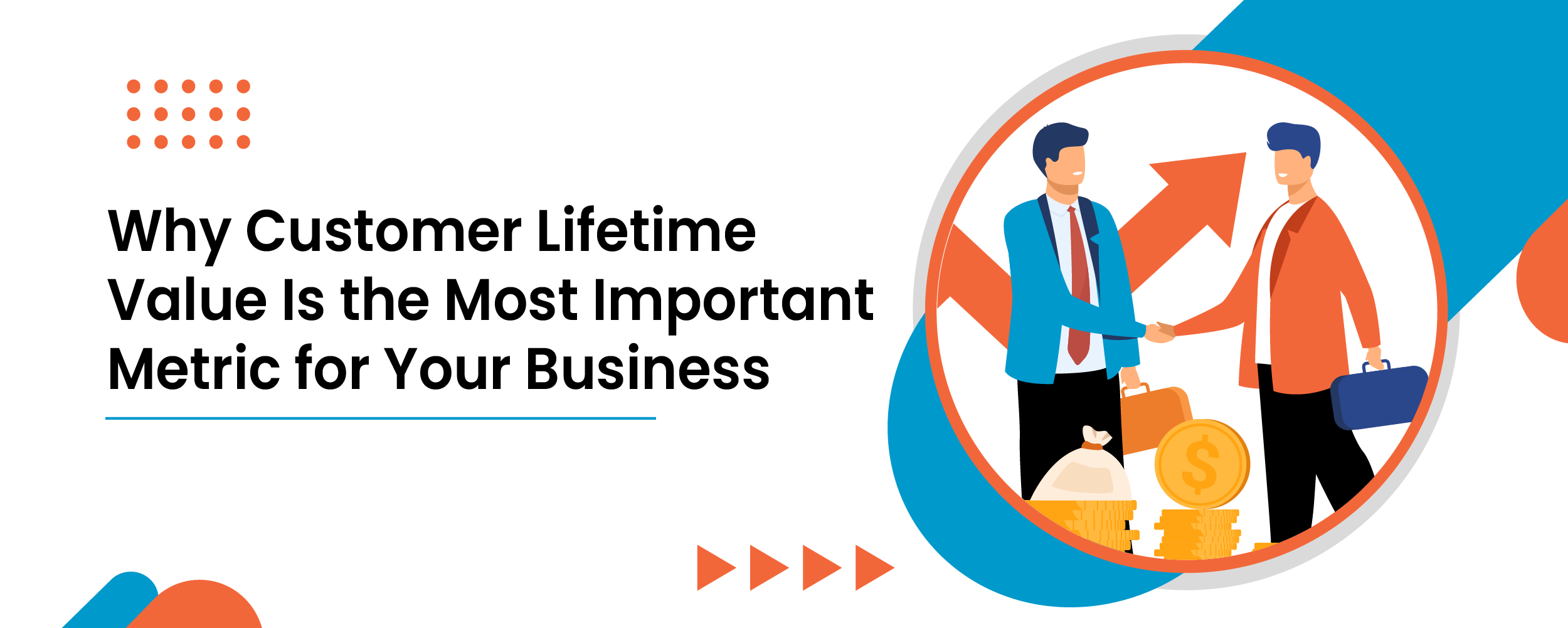
Introduction to Customer Lifetime
Apart from the most apparent metrics businesses focus on, one of the most crucial metrics to determine a business’s financial gains and losses is to be completely aware of what value customers bring to one’s business. In order to understand how marketing is performing, it is important that the customers be retained for a more extended period, and this is known as customer lifetime.
The health of a subscription business is determined by Customer Lifetime Value (CLV). Every customer is important, but when seen from a more significant point of view, companies understand that some customers tend to hold more value than the rest. And the most straightforward way to retain those customers and increase their loyalty is by calculating their Customer Lifetime Value (CLV). Customer Lifetime Value calculation is an essential concept for marketing, sales, and ultimately for the overall growth of the business.
What exactly is Customer Lifetime Value (CLV)?
Customer Lifetime Value can be defined as a metric used to describe how much money a company can expect to bring in overall from a typical customer during the duration that person or account stays a customer.
In simple terms, Customer Lifetime Value is the revenue that a customer spends in return for the products and services offered by a company over a lifetime. How businesses approach Customer Lifetime Value defines their businesses, which could significantly vary depending on what a company or business is looking for.
An increase in CLV means that a particular product offered by the company is market fit and that the businesses have recurring revenue from its existing customers. With the help of CLV, businesses can also optimize their acquisition spending. Through CLV, companies can design a well-planned strategy with proper and brief budget planning.
How is Customer Lifetime Value (CLV) calculated?
Customer Lifetime Value calculation involves multiple aspects. There are quite a few ways to calculate Customer Lifetime Value (CLV), which can either be predictive or historic. This means that businesses can calculate CLV based on the customer’s purchases over the years or on the predictions of how much the customers will spend. Customer Lifetime Value calculation differs based on the business model; however, calculating CLV is more straightforward if the model is subscription based.
Below mentioned are the factors that are required for Customer Lifetime Value calculation:
– Average purchase frequency rate
– Average purchase value
– Customer value
– Average Customer Lifespan
Customer value multiplied by average customer lifespan will give you Customer Lifetime Value (CLV). This means the approximation of revenue that a business can expect from an average customer over the course of their relationship.
The five-step process to acquire Customer Lifetime Value is as follows:
- Find the Average Purchase Value (Divide total revenue by the number of purchases)
- Next, find the Average Purchase Frequency Rate (Divide the total number of purchases by the number of individual customers making the purchase)
- Find Customer Value (Multiply average purchase value with average purchase frequency rate)
- Find the Average Customer Lifespan (The sum of customer lifespans is divided by the total number of customers)
- Lastly, find the Customer Lifetime Value (For this, the customer value is simply multiplied by the average customer lifespan)
– Customer Lifetime Value Calculation (CLV)
Customer Lifetime Value (CLV) is given as:
CLV = Average Purchase Value x Average Purchase Frequency Rate x Average Customer Lifespan
Where,
Average Purchase Value = Total Revenue Earned / Number of Transactions
Average Purchase Frequency Rate = Number of Orders Placed / Number of Unique Customers
Customer Value = Average Purchase Value x Average Purchase Frequency Rate
Average Customer Lifespan = Number of years over which a customer purchases from a business and then find the average.
Let us now take a hypothetical company’s example to calculate the (CLV) customer lifetime value of a customer.
The average sale of a shoe retailer is $50, and the average a customer shops with them is four times per year for two years.
So the lifetime value of this customer becomes:
Lifetime Value = $50 x 4 x 2
= $400
After calculating the cost of goods, and other additional expenses, the company’s profit margin remains to be 20%, so the customer lifetime value (CLV) here becomes:
Customer Lifetime Value Calculation = $50 x 4 x 2 x 20%
= $400 x 20%
=$80
This value is the cash flow that a company will be gaining, and this allows them to understand how many customers they should aim for in order to reach their threshold of profitability.
Importance of Customer Lifetime Value (CLV)
Customer Lifetime Value is vital for businesses as it determines the financial value of every customer individually. CLV is the heart of e-commerce businesses as it is a unique strategy that does not involve short-term sales.
Customer Lifetime Value calculation(CLV) enables businesses to know some crucial sales and marketing strategies of their business model, which involves upselling, cross-selling, retention, acquisition, and more. CLV helps a business decide the amount of money required to be spent on a particular customer in order to acquire them.
Through Customer Lifetime Value (CLV), businesses can understand customer behavior in a better and more proactive manner.
Another, most valuable part of customer segmentation is that businesses get a lookalike model through which they can gain more high-value customers and extend special offers and discounts to them to retain existing customers for a longer period.
Final Takeaway on Customer Lifetime Value (CLV)
One of the most crucial metrics businesses can focus on as a part of their marketing and sales strategy is CLV. Customer Lifetime Value calculation not only creates a huge and noticeable impact on customer retention rates but also reveals the brand loyalty of a business or a company.
For an e-commerce business, it has become more important to segment the customer base and improve brand loyalty rather than gain new customers. The prime focus should always be kept on retaining existing customers, not just acquiring new ones. CLV helps businesses understand their profitability and learn how impactful their business decisions are in creating brand awareness and engagement.
FAQs
1. How do you calculate the lifetime value of a customer?
Customer Lifetime Value is the most crucial metric determining which customers spend the most at your businesses. By multiplying a customer’s average purchase plan, average purchase frequency, and average customer lifespan, Customer Lifetime Value (CLV) can be calculated.
2. What is the formula for customer value?
Simply put, customer value can be stated as follows:
Customer Lifetime Value = (Average Customer Lifespan * Customer Value)
Where Customer Value = (Average Number of Purchases * Average Purchase Value)
3. Why is Customer Lifetime Value important?
Because it enables you to optimize the value of each client connection, customer lifetime value is crucial. This indicates that you’re giving them a better experience that keeps them returning for more, which can also help improve the quality of your goods and services. Customer Lifetime Value Calculation is also important as it helps businesses estimate the revenue a customer can bring to your business.
4. Can Customer Lifetime Value be increased?
Utilizing upselling and cross-selling techniques is one of the most common ways to raise customer lifetime value. Offering your consumers better solutions will help you raise their average order value or even frequency of purchases.
5. How can Customer Lifetime Value be used in decision-making?
CLV will assist you in striking a balance between your short- and long-term marketing objectives and show that you have a better grasp of the financial return on your efforts. CLV teaches marketers to spend less time gaining clients with lesser value, which promotes better decision-making.
6. Can Customer Lifetime Value be used to predict future customer behavior?
Every business founder wishes to foresee the direction of their industry and firm. The future of sales and customer behavior can be predicted using probabilistic models such as Customer Lifetime Value calculation.
7. How can businesses improve Customer Lifetime Value?
Loyalty programs that provide incentives for recurring business can also be used to ensure client retention and, as a result, a better customer lifetime value. This can involve providing discounts or rewards, creating loyalty cards or apps, or creating point systems to accumulate points through transactions.
8. Can Customer Lifetime Value be used to optimize marketing spend?
The lifetime worth of a consumer is just as crucial to your marketing choices as comprehending the marketing funnel. Your marketing approach, whether it is largely focused on short-term or long-term marketing activities, can be shaped by CLV.
9. How does customer behavior and spending change over time?
While some consumers are returning to in-store purchasing, consumers continue to spend on non-essential things in excitement to test new brands and websites. New customer tastes and contemporary buying habits are having a significant impact on sales across several industries.
10. How does Customer Lifetime Value differ for B2B vs B2C businesses?
B2B sales cycles are longer, whereas B2C sales cycles are much shorter. Typically, B2B clients are more devoted than B2C ones. B2B clients have greater customer acquisition expenditures than B2C customers do.
11. Can Customer Lifetime Value be used to determine customer segmentation and targeting?
Every organization must take into account the lifetime worth of a customer. Additionally, the following justifies the importance of customer lifetime value: determines how to segment customers. evaluates client loyalty.
12. Can Customer Lifetime Value be used to measure the success of customer retention efforts?
You can analyse and evaluate current customer loyalty using customer lifetime value. It’s usually a sign that you’re operating your company properly if clients keep coming back to you for more products or services.
Other Startup KPI Metrics
Understanding and Maximizing Monthly Recurring Revenue
The ARR Advantage for Startups: Understanding and Calculating Annual Recurring Revenue
Using ACV to Measure the Success of Your Sales and Marketing Efforts
Total Contract Value – A Key Metric for Evaluating Business Performance
The Importance of Accurately Calculating Deferred Revenue
Maximizing User Retention: How to Calculate Daily Active Users
Compounded Monthly Growth Rate: Understanding and Calculating Compounded Monthly Growth Rates
Calculating Your Company’s Total Addressable Market (TAM): A Step-by-Step Guide
Measuring Monthly Recurring Revenue: Expert Tips and Advice
Maximizing the Efficiency of Your Billing Process in Accounting
About the Author
Copywriter
Manjusha Karkera is an enthusiastic content marketer who has created numerous engaging and compelling writing pieces for various clients and companies over the years. She enjoys writing pithy content and copy on various sectors like fashion, beauty and wellness, sports, fitness, education, etc. Prior to Team upGrowth, she worked as a Marketing Communications Specialist. Her overall experience includes all forms of content writing and copywriting.
 Growth Strategy and Planning
Growth Strategy and Planning Inbound Growth
Inbound Growth Growth Hacking
Growth Hacking Search Engine Optimization
Search Engine Optimization Paid and Performance Marketing
Paid and Performance Marketing Social Media Marketing
Social Media Marketing AI-Driven Growth Strategy
AI-Driven Growth Strategy
 Growth Tools
Growth Tools Offers
Offers








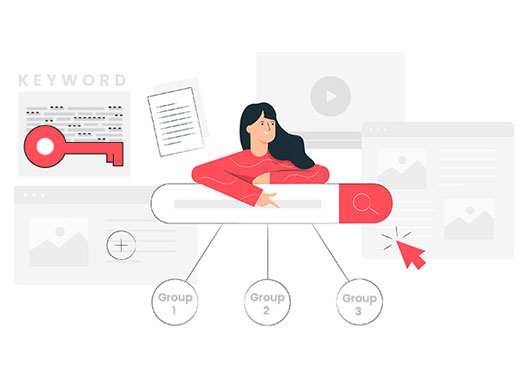
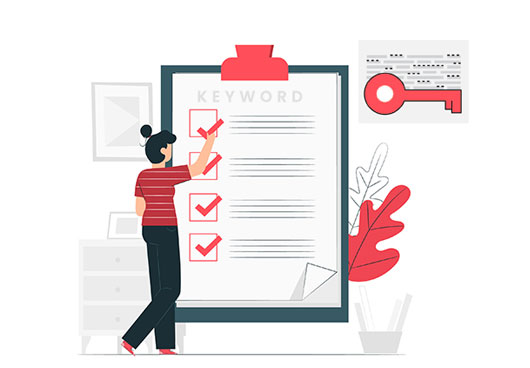


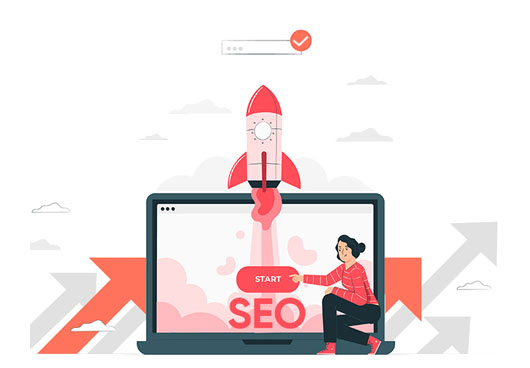
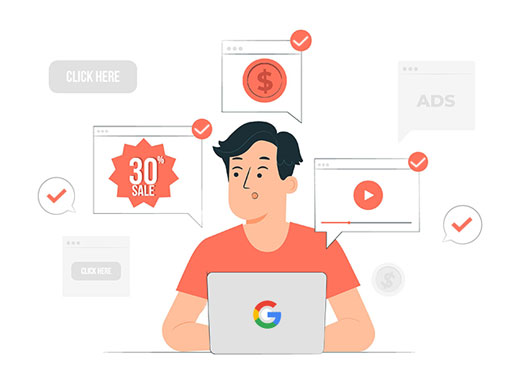




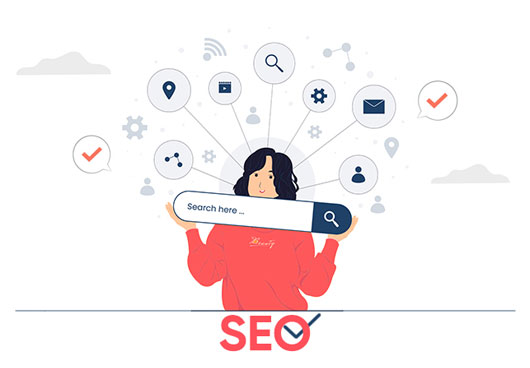


Leave a Reply